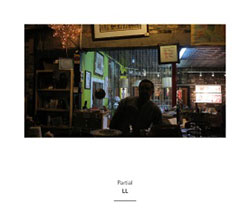
Three strange and wonderful sound pieces from the Chicago-based duo of Noe Cuellar and Joseph Clayton Mills, commissioned to make music from objects found in the basement of a local thrift store, evoking a sense of the lives embedded in those objects.
Out of Stock
Quantity in Basket: None
Log In to use our Wish List
Shipping Weight: 3.00 units
Sample The Album:
Noe Cuellar
Joseph Clayton Mills
Click an artist name above to see in-stock items for that artist.
Label: Another Timbre
Catalog ID: at70
Squidco Product Code: 18797
Format: CD
Condition: New
Released: 2014
Country: UK
Packaging: Cardstock Gatefold Sleeve
Recorded in 2010 and 2011 in Chicago, Illinois, USA.
Sleevenotes by Noé Cuéllar and Joseph Clayton Mills
'In 2010 we were invited to participate in an exhibition of site-specific installations and performances at Pilsen Vintage and Thrift, a local second-hand store in Pilsen, a predominantly Hispanic neighbourhood in Chicago. The owner had agreed to make the store's warehouse and basement available for art shows and performances after business hours. The basement was filled to overflowing with sale items waiting to be sorted through, repaired, or discarded-furniture, clothes, toys, old tools, instruments, baseball cards, dishes, photographs, electronics, and so on-and the idea for the first show was to invite artists to transform those materials into installations in the space.
We were asked to use the materials to create a sound piece, and in working over several months, we started thinking of the thrift store as a kind of repository for and distillation of the neighbourhood's history-a jumbled, dust-covered museum of its past inhabitants. We mined the material for sounds that evoked a sense of the lives embedded in these objects. Our goal was to create a kind of conversation between the different timbres and textures of the objects and to draw out their 'voices'. We ultimately composed and performed H, a long-form piece that used many of the items that we'd found to have interesting sonic possibilities, emphasising similarities and correspondences that we'd discovered (for example, between the sound of an antique music box and rusty nails dropped onto the cement floor). We invited vocalist Carol Genetti to join us for H's one-time-only performance.
Afterwards we decided that we wanted to work further with many of these sounds to construct a more complex, idealised version that elaborated on some of the ideas we had touched on in H. The result is Marcel, composed using many of the objects discovered in the basement of Pilsen Vintage, but augmented with other elements and instrumentation.
In contrast Paul is assembled from a series of improvised duo vignettes recorded while preparing for H. These recordings were made in situ during our initial investigations of the acoustics of the space, chiefly performed using materials that we discovered there. We spent several nights improvising, uncovering sounds, and experimenting with different combinations and juxtapositions of timbres. We hope that Paul retains some of the sense of discovery and exploration that came from our first encounters with the sounds.
The final track consists of an unaltered recording of one of the most remarkable items that we uncovered, a music box constructed in Geneva, Switzerland, in the 1890s, here allowed to speak with its own voice.
Interview with Noé Cuéllar and Joseph Clayton Mills by Daniel Jones
First of all could you tell me how you met and started working together, and when/where the idea came for the Suppedaneum label.
NC: I heard a live recording of Haptic in 2008 or 2009 and I found JCM's contribution agreeable to some gestures I was working on at that time for a solo project, so I contacted him. We had many conversations about simple performance gestures with small objects, pairings of quiet sounds, and pulling the audience in. Spending all that time at Paul's store working on H and LL was very satisfying for us, because we had access to many random forgotten objects of all sizes, from personal to industrial. Working with all those materials in a large space let us play with scale; for example, one quiet sound on the CD is actually one of us scratching the entire length of the ceiling, but very slowly. I think it was our interest in composing with sounds and small objects that later gave us the idea to launch Suppedaneum.
JCM: Noé got in touch with me about contributing to a project that he was working on. The music community in Chicago is very open, and there's a lot of interest in each other's work and in finding different ways to collaborate and build working relationships, and our duo grew out of that. We soon found that we shared an interest in quiet sounds, intimate performative gestures, subtle shifts in timbre, and so on, and we wanted to explore that further. One of the things that I've found most interesting in working with Noé is that we approach things in radically different ways to arrive at very similar results; or maybe we start from very similar immediate responses to sounds and sound-making, but contextualise them and think about them in very different ways. The label, which is focused on scores and their realisations, came about in a similar way. Noé is very interested in composition and different compositional practices, and that's something that I was also interested in, but which I also have a great deal of wariness about, and it seemed like a potentially fruitful way in which our interests could intersect.
You're both interdisciplinary artists... how much of an overlap do you feel there is between your music and visual practice?
JCM: For me, similar concerns definitely inform both my visual work and my sound work, and I think of them along the same continuum. My recent project The Patient, for example, involved an exhibition of text-based paintings, a writing project involving the same text that turned into a score, which then turned into a performance, which then turned into a record. With LL, the original genesis of the record was a performance that took place in a vintage store in our neighbourhood, surrounded by art installations made from second-hand objects from the store's warehouse. I think the visual or sculptural aspect of our performance with these objects was definitely an influence on our selection of what to incorporate (as were other "extra-musical" concerns, such as history and economy, that were implicit in the materials we were using). Personally, I'm very interested in using different mediums to approach the same ideas and tend to use similar strategies in both my visual work and my sound work. There's usually a shift in context, for example-turning a text into something to be looked at, rather than read, or taking an object that isn't usually thought of as musical and considering its musical identity. Neither of those are particularly original ideas in themselves, but shifting the context allows for residual, seemingly incidental qualities to be brought to the fore. For me, that opens up a way to consider the specificity of a text or an object or a sound, its particular material history, the way it registers the passage of time, and so on. I'm interested in how objects (or texts, or sounds, or people) are marked by their interaction with other objects and accumulate specific physical and emotional traces of their circulation, and moving across different disciplines is a way to explore that. Are those mysterious, seemingly irreducible traces readable and recoverable? Can that residue of experience be made palpable in the work? Ultimately, I'm interested in trying to give that individuality and specificity expression, whether visually, musically, or otherwise.
NC: I don't find much overlap between LL and my visual work except that I shot the cover photograph. It's a portrait of Paul at his store after closing hours, where most of LL came from. We wanted him and the store to be present in the artwork somehow.
You are both members of established and well known groups... I was wondering how your practice in these respective groupings impact upon this duo? Are the processes the same? Do you deliberately try and do something different?
NC: The approach is similar in the sense that both Coppice and Partial are duo collaborations that are compositional, although in ways that are highly dissimilar. I'm involved in these collaborations based on different things we want to share, but I do find major differences in the processes, techniques, intentions, etc.
JCM: In a sense, the overall process is the same, because both Partial and Haptic are very much about seeking out shared affinities and overlapping areas of interest, as well as negotiating differences. The specific nature of each collaboration, though, is informed by the personalities of the individuals who are involved and our interpersonal dynamics, and that plays a much bigger role than any formal parameters. As a result, even though there wasn't a deliberate attempt to do anything different or to find another outlet for things that weren't finding expression elsewhere, there's a different sort of common ground to be explored in this project than in others in which I'm involved.
Joseph - you mentioned a wariness towards composition and compositional approaches within one of your previous answers... that's something that interests me a great deal so I was hoping you could expand upon that point a little?
JCM: I think that composition raises an enormous number of interesting, complicated questions, particularly for someone who doesn't come from a traditional music background or who has a strong interest in the autonomy and responsibility that improvisation involves. I think that one has to be very careful in ceding that freedom, and one has to be careful as a composer in asking that from others. This is even (and maybe especially) the case when composing for oneself. For me personally, for example, the idea of codifying an approach or technique so that I can replicate it or deploy it to achieve a particular effect (even if that effect is a beautiful and interesting piece of music) isn't something I'm particularly interested in. A sense of possibility, exploration, and spontaneity is what drew me to this kind of music in the first place, and as a performer, the idea of faithfully replicating a notated score, or even of being a vehicle for an idea that John Cage orChristian Wolff had in the sixties or something, also isn't one that holds much interest for me.
On the other hand, I'm deeply interested in many of the issues that I think composition can highlight. Obviously, composition and performance aren't simply in a hierarchical relationship, but are also inherently collaborative and, ideally, mutually illuminating, and the means by which that collaboration is negotiated can be really interesting. The problems that composition raises regarding communication among musicians, audience, and composer-and I'd also include constraints imposed by the materials and instruments used, the space of performance, tradition, and so on-are extremely challenging. It's vulnerable to all of the difficulties and imperfections that plague any attempt to communicate, and I'm interested in the demands that it makes for clarity of expression, for respecting the autonomy of others while trying to articulate one's own experience, for an attention to historical or social context, for locating oneself in a tradition, and so on. At the same time, those demands are very daunting, which also goes some way to explaining my wariness.
What about the intersection between composition and improvisation? We seem to have hit fertile ground in relation to that mode of production at the moment... what are your views on that?
JCM: I think it's probably a good thing that those distinctions (and distinctions between composer and player) have broken down and seem to be increasingly irrelevant. There's no need to be too precious about maintaining rigid hierarchical divisions, especially in an age of recorded music, digital editing, and so on, in which everything is essentially fair game. As a listener, I can say that it's led to some amazing recordings and performances. At the same time, I think that, like any marriage, it's not to be entered into lightly. I feel like there's a fundamental and often productive tension between the ethos of improvisation and composition, and it's a challenge to draw on both strands without making one subservient to the other. Intertwining the two raises genuine issues, and I think that starting Suppedaneum, for me anyway, was a way to think about those issues from a certain remove, without being implicated as composer or performer. This record wrestles with similar issues, from a much less distanced perspective.
Shall we finish off by talking about Partial? Does the name signify anything in particular? Where did it come from? How should we best pronounce the title of the disc?
NC: We made a list of words to choose a duo name for this release. Joseph said he was partial to one of the words on the list, then I said "what about Partial?" and that was it. It's a good word to describe how the working process of LL went, Marcel in particular took a lot of tending... constant disagreements and balancing. I remember working on H was a lot smoother, but LL took shape back and forth for two years. I'm happy it's finished and out and hope it takes listeners to detailed places.
JCM: Noé and I are both partial to wordplay, deadpan humour, and puns, and once Noé suggested it, the meanings and resonances of Partial seemed to multiply in a nice, appropriate way. As for LL, the title emerged, on the one hand, from the title of the live performance that we did with Carol Genetti that served as the genesis of the record, which was called H (for reasons that are too long-winded to go into), which made us amenable to having a letter-centric title. We were calling the tracks Marcel and Paul, which each end with a letter L, and we both have two "L"s in our last names; it's also "fifty-fifty" in Roman numerals, which is another amusing coincidence.
What's in the future for you individually, as Partial and as the curators of Suppedaneum then?
NC: I'm taking a break from Suppedaneum but Joseph will continue curating it. No plans for new Partial work at the moment, but a lot of Coppice activity throughout the year.
JCM: There's a new Haptic record that's in process at the moment, and I'm also working on a couple of other collaborative projects. One is a full-length release for Maar, which is my duo with Michael Vallera (Coin, Cleared). I'm slowly working on a project with Deanna Varagona, who's an incredibly talented musician who used to be in a band called Lambchop, and Carrie Olivia Adams, who's an equally talented poet. The other thing that I'm really excited about at the moment is a collaboration with Marvin Tate, who's a Chicago-based writer, artist, soul singer, and all around raconteur. We're just finishing a record and will hopefully have some performances this spring. I'm hoping that Partial can reconvene for some more recording and live shows in the late spring or early summer, but nothing is definitive yet, given our insanely busy schedules. As for Suppedaneum, as Noé said, he's taking a (hopefully temporary) break from the label, but there are two new releases that should be ready to roll any day now and some more in the works for later this year, I hope!
"We jam econo," the Minutemen proclaimed, and I'm sure that at least one member of Partial could source that quote in a second. There's nothing remotely rocking or jammy about this local duo's music, but it couldn't be more economical. Noé Cuellar (of Coppice) and Joseph Clayton Mills (of Haptic) recorded LL in the basement of a Pilsen thrift shop, whose contents yielded every sound on this album of cheaply made but richly layered musique concrete. They keep their focus small, extracting moments of intrigue from environmental sounds and the tiny noises made by toys, tools, clocks, door hinges, and a 19th-century Swiss music box, whose unmolested song gets the last word. Every gesture is laden with multiple potential meanings, including the record's title: If you read LL as two Roman numerals, it could signify the 50/50 nature of collaboration. Or it could just remind you that this music comes from the lower level."-Bill Meyer, Chicago Reader

The Squid's Ear!
Artist Biographies
• Show Bio for Joseph Clayton Mills "Joseph Clayton Mills is an artist, composer, and performer working at the intersection of language, composition, and archival practice. His text-based paintings, assemblages, and sound installations have been exhibited in the United States and Europe, including at the Pritzker Pavilion in Millennium Park, the Lincoln Park Conservatory, and the Museum of Contemporary Art in Chicago, and his work has appeared in numerous publications, including The New Yorker. A former Chicagoan, he remains an active participant in the improvised and experimental music community there, where his collaborators have included Adam Sonderberg and Steven Hess (as Haptic), Michael Vallera (as Maar), Noé Cuéllar (as Parital), Marvin Tate, Michael Pisaro, and Olivia Block, among many others. His recordings have appeared on numerous labels, including Another Timbre, FSS, and Entr'acte, and in 2013 in he launched Suppedaneum, a label focused on releasing scores and their realizations. He has received commissions and grants from the Chicago Film Archive, Black Cinema House (Rebuild Foundation), the Illinois Arts Council, the Experimental Sound Studio, and, in 2016, was artist in residence at the Sonic Arts Research Unit at Oxford Brookes University, UK." ^ Hide Bio for Joseph Clayton Mills
12/9/2025
Have a better biography or biography source? Please Contact Us so that we can update this biography.
Track Listing:
1. Marcel 24:35
2. Paul 15:46
3. "a Single screw of Flesh is all that pins the Soul" 1:57
Improvised Music
Chicago Jazz & Improvisation
Electro-Acoustic
Electro-Acoustic Improv
Duo Recordings
Instant Rewards
Search for other titles on the label:
Another Timbre.

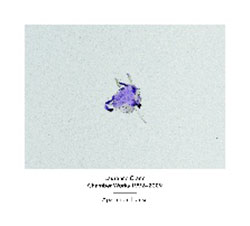
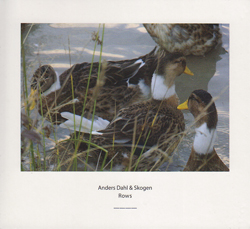
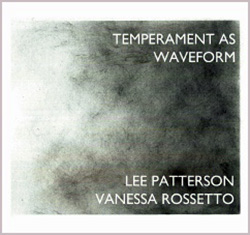
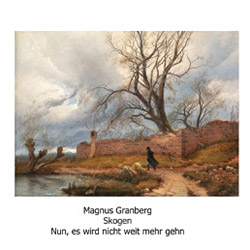
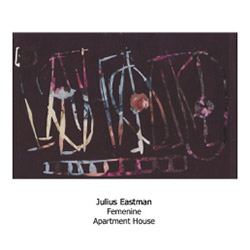
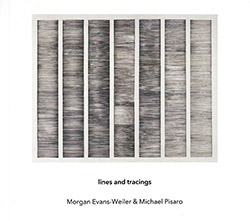
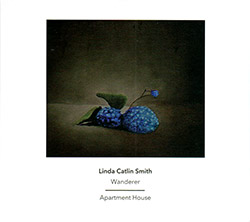
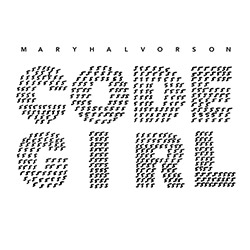
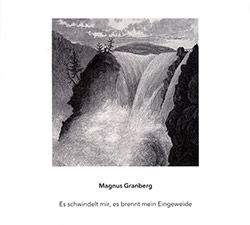
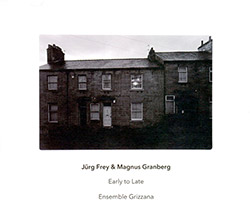
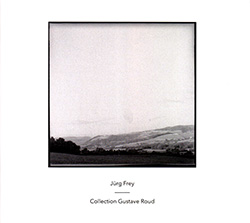
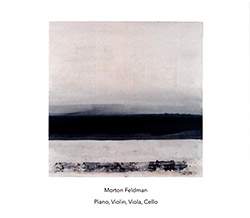
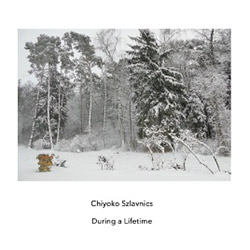
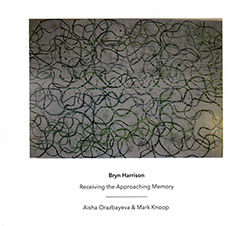
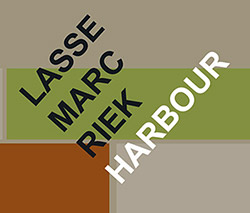
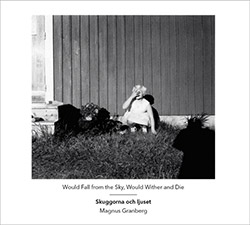
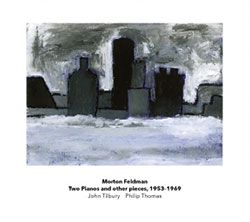
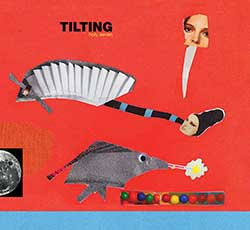
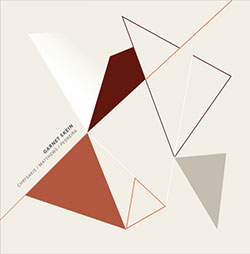
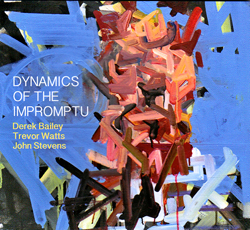
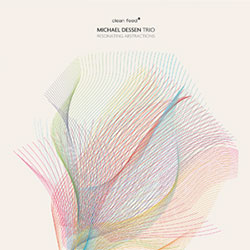
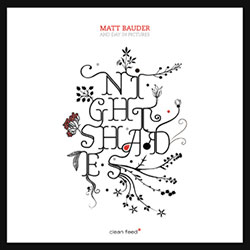
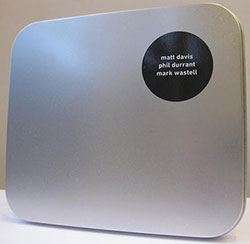
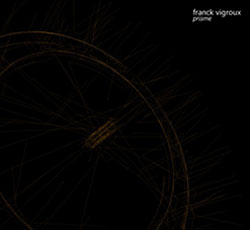
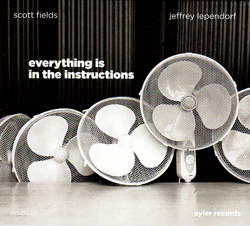
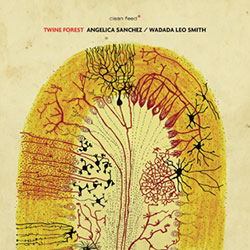

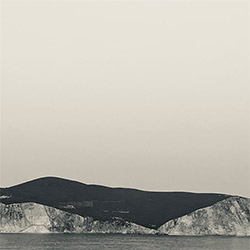
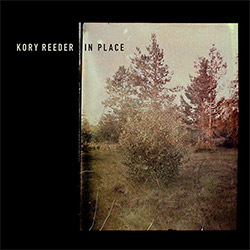
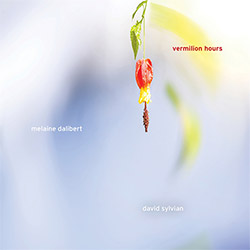
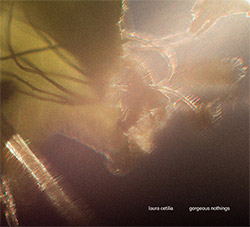
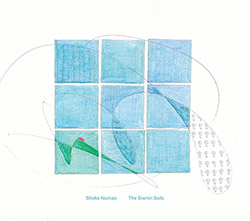
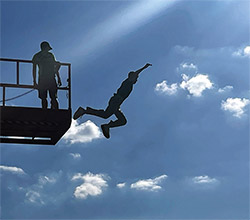
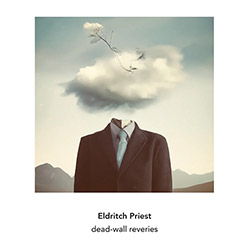
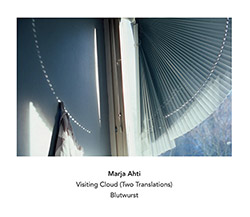
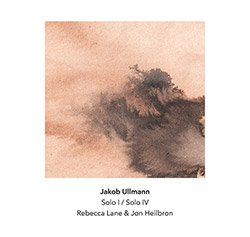
![Agnel, Sophie: Learning [VINYL]](https://www.teuthida.com/productImages/misc4/36841.jpg)
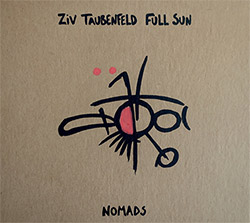
![Monaco, Amanda (w/ Michael Attias / Sean Conly / Satoshi Takeishi) : Deathblow [VINYL]](https://www.teuthida.com/productImages/misc4/36956.jpg)
![Frey, Jurg with ensemble]h[iatus: Je Laisse A La Nuit Son Poids D](https://www.teuthida.com/productImages/misc4/36988.jpg)
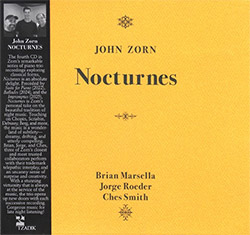
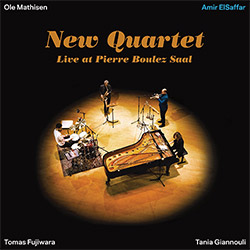
![ElSaffar, Amir / New Quartet : Live at Pierre Boulez Saal [VINYL]](https://www.teuthida.com/productImages/misc4/36830.jpg)
![Zorn, John: The Song of Songs [CD + CD BOOK]](https://www.teuthida.com/productImages/misc4/36923.jpg)
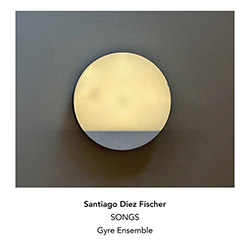
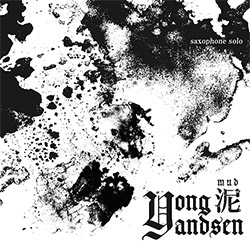
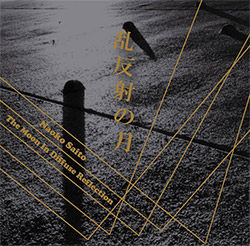

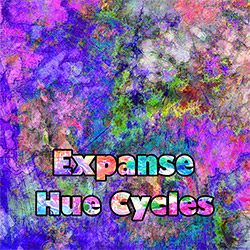
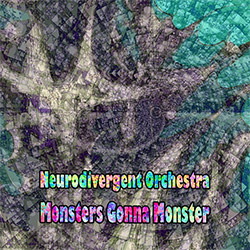
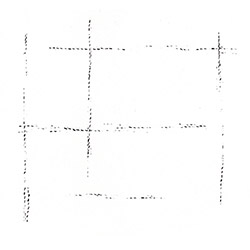

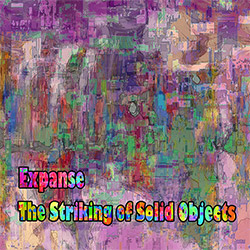
![Musicworks Magazine: #152 Fall 25 [MAGAZINE + CD]](https://www.teuthida.com/productImages/misc4/37004.jpg)
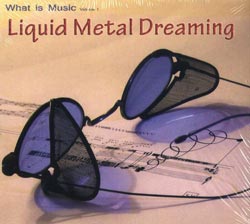

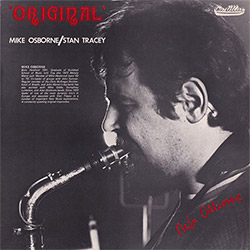
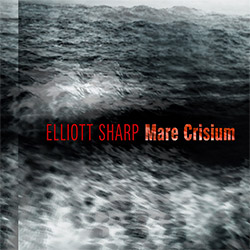
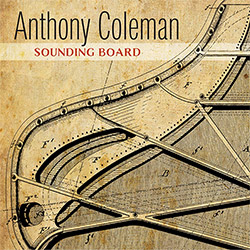
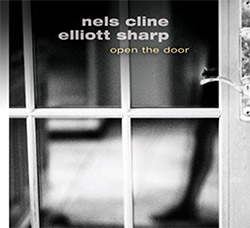
![[ahmed] (Thomas / Grip / Gerbal / Wright): Sama](https://www.teuthida.com/productImages/misc4/36976.jpg)
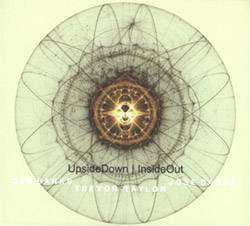
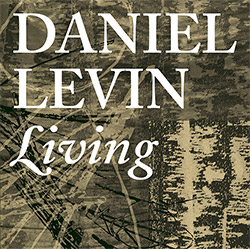
![Cleaver, Gerald / Brandon Lopez / Hprizm: In The Wilderness [COLOR VINYL]](https://www.teuthida.com/productImages/misc4/33060.jpg)
![McPhee, Joe : Defiant Jazz: a Joe McPhee Taster [VINYL]](https://www.teuthida.com/productImages/misc4/36859.jpg)
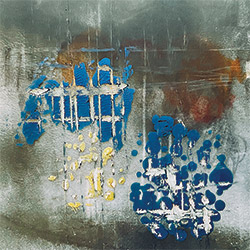
![Mateen, Sabir / Patrick Holmes / Federico Ughi : Survival Situation [LTD VINYL LP + DOWNLOAD]](https://www.teuthida.com/productImages/misc4/29891.jpg)
![Tucker, Dave / Pat Thomas / Thurston Moore / Mark Sanders: Educated Guess Vol. 1 [COLORED VINYL]](https://www.teuthida.com/productImages/misc4/30183.jpg)
![Sarian, Michael / Matthew Putman: A Lifeboat (Part I) [COLORED VINYL]](https://www.teuthida.com/productImages/misc4/30426.jpg)
![Carter, Daniel / Tobias Wilner / Djibril Toure / Federico Ughi: New York United Volume 2 [COLOR VINYL]](https://www.teuthida.com/productImages/misc4/30665.jpg)
![Mela, Francisco feat. Matthew Shipp / William Parker: Music Frees Our Souls, Vol. 1 [BLUE VINYL]](https://www.teuthida.com/productImages/misc4/30999.jpg)
![Heroes Are Gang Leaders: LeAutoRoiOgraphy [COLORED VINYL]](https://www.teuthida.com/productImages/misc4/32253.jpg)
![Carter, Daniel / Matthew Shipp / William Parker / Gerald Cleaver: Welcome Adventure! Vol. 2 [COLOR VINYL]](https://www.teuthida.com/productImages/misc4/32385.jpg)
![Carter, Daniel / Evan Strauss / 5-Track / Sheridan Riley: The Uproar In Bursts Of Sound And Silence [COLORED VINYL]](https://www.teuthida.com/productImages/misc4/32515.jpg)
![Ackerley, Jessica / Patrick Shiroishi / Chris Williams / Luke Stewart / Jason Nazary: SSWAN: Invisibility is an Unnatural Disaster [COLORED VINYL]](https://www.teuthida.com/productImages/misc4/32586.jpg)
![Mela, Francisco feat. Cooper-Moore / William Parker: Music Frees Our Souls, Vol. 2 [COLORED VINYL]](https://www.teuthida.com/productImages/misc4/32735.jpg)
![Amba, Zoh / William Parker / Francisco Mela: O Life, O Light Vol. 2 [COLOR VINYL]](https://www.teuthida.com/productImages/misc4/33059.jpg)
![Dikeman, John / Pat Thomas / John Edwards / Steve Noble: Volume 1 [COLORED VINYL]](https://www.teuthida.com/productImages/misc4/33099.jpg)
![Dikeman, John / Pat Thomas / John Edwards / Steve Noble: Volume 2 [COLOR VINYL]](https://www.teuthida.com/productImages/misc4/33184.jpg)
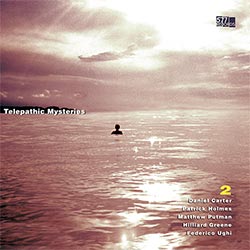
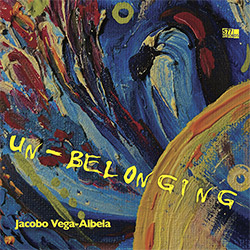
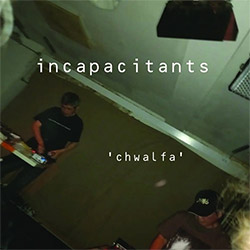
![Genthon, Anouck / Lionel Marchetti: Suite Blanche [2 CDs]](https://www.teuthida.com/productImages/misc4/36642.jpg)
![Toeplitz, Kasper T.: Erosions Programmees [CD + BOOKLET]](https://www.teuthida.com/productImages/misc4/36639.jpg)
![Gate, The : Amost Live [CASSETTE + MAGAZINE]](https://www.teuthida.com/productImages/misc4/36836.jpg)
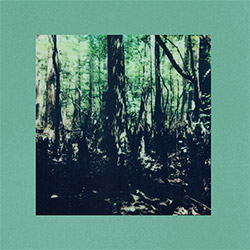
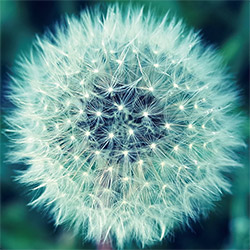
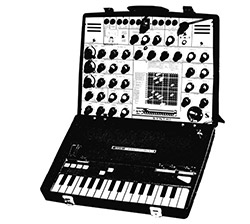
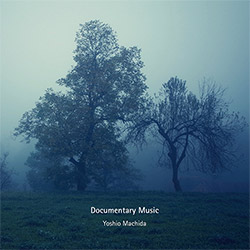
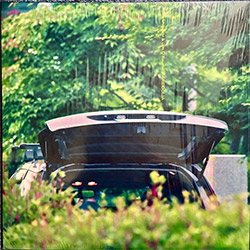
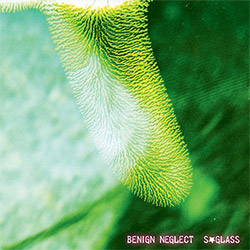
![A Magic Whistle: The Solar Cell [VINYL]](https://www.teuthida.com/productImages/misc4/36658.jpg)
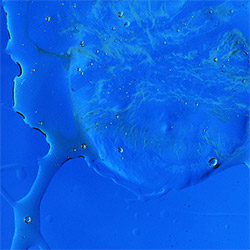
![McGee, Hal: Columbus Expedition [Cassette w/ Download]](https://www.teuthida.com/productImages/misc4/36650.jpg)
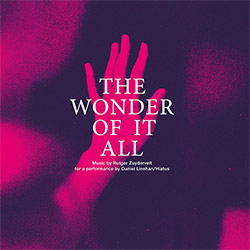
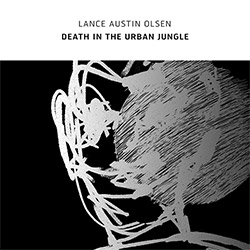
![Jaeger, Kassel: Fernweh [VINYL 2 LPs]](https://www.teuthida.com/productImages/misc4/36541.jpg)
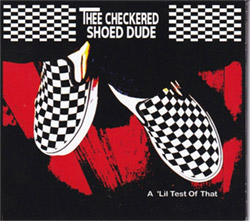
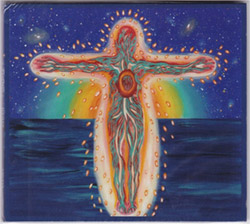
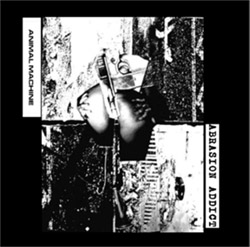


![+DOG+: The Light Of Our Lives [2 CDs]](https://www.teuthida.com/productImages/misc4/36009.jpg)
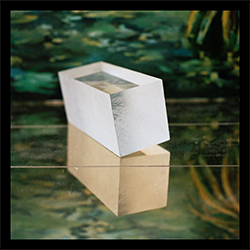

![Eternities: Rides Again [CASSETTE]](https://www.teuthida.com/productImages/misc4/36247.jpg)

![Lopez, Francisco: Untitled (2021-2022) [2 CDs]](https://www.teuthida.com/productImages/misc4/36438.jpg)


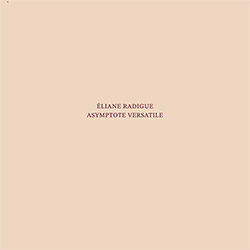
![Frey, Jurg : Composer, Alone [3 CDs]](https://www.teuthida.com/productImages/misc4/36927.jpg)
![Pisaro-Liu, Michael: Within (2) / Appearance (2) [2 CDs]](https://www.teuthida.com/productImages/misc4/36831.jpg)
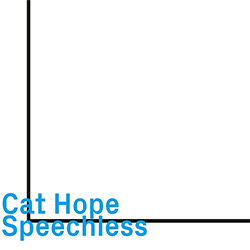
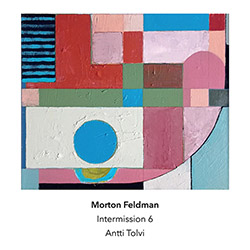
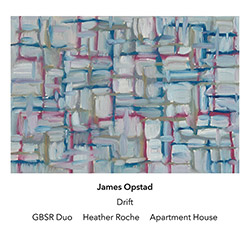
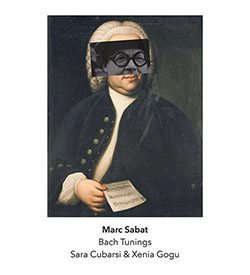
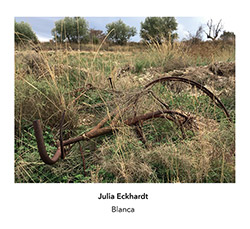
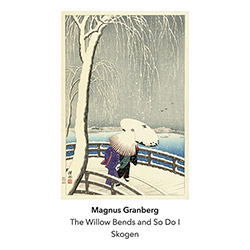
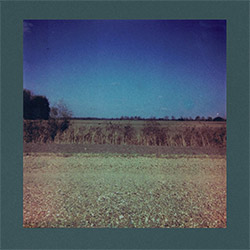
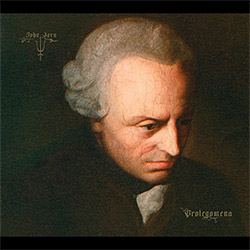
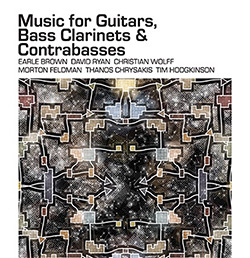
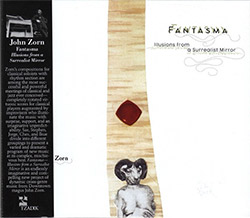
![Musicworks Magazine: #151 Summer 25 [MAGAZINE + CD]](https://www.teuthida.com/productImages/misc4/36559.jpg)

![Brown, Dan / Dan Reynolds: Live At The Grange Hall [unauthorized][CASSETTE]](https://www.teuthida.com/productImages/misc4/36245.jpg)


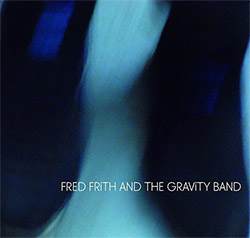
![Coultrain: Mundus [COLORED VINYL]](https://www.teuthida.com/productImages/misc4/33056.jpg)
![Hprizm: Signs Remixed [COLORED VINYL]](https://www.teuthida.com/productImages/misc4/30635.jpg)
![Halls Of the Machine: All Tribal Dignitaries [CASSETTE w/ DOWNLOAD]](https://www.teuthida.com/productImages/misc4/36134.jpg)
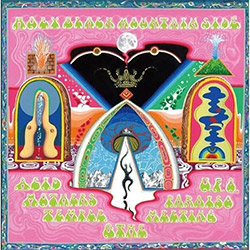
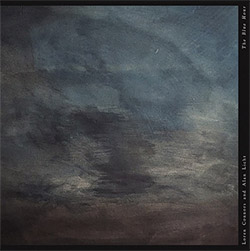
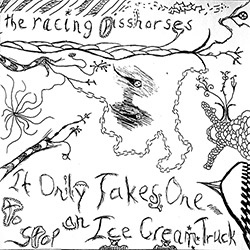
![Koenjihyakkei: Live at Club Goodman [2 CDs]](https://www.teuthida.com/productImages/misc4/36111.jpg)

![Sorry For Laughing (G. Whitlow / M. Bates / Dave-Id / E. Ka-Spel): Rain Flowers [2 CDS]](https://www.teuthida.com/productImages/misc4/35985.jpg)

![Rolando, Tommaso / Andy Moor : Biscotti [CASSETTE w/ DOWNLOADS]](https://www.teuthida.com/productImages/misc4/36106.jpg)


![Electric Bird Noise / Derek Roddy: 8-10-22 [CD EP]](https://www.teuthida.com/productImages/misc4/35970.jpg)








![Elephant9 : Mythical River [VINYL]](https://www.teuthida.com/productImages/misc4/34624.jpg)



![Elephant9 with Terje Rypdal: Catching Fire [VINYL 2 LPs]](https://www.teuthida.com/productImages/misc4/35355.jpg)
![Deerlady (Obomsawin, Mali / Magdalena Abrego): Greatest Hits [VINYL]](https://www.teuthida.com/productImages/misc4/34876.jpg)
![Coley, Byron: Dating Tips for Touring Bands [VINYL]](https://www.teuthida.com/productImages/misc4/17906.jpg)

![Lost Kisses: My Life is Sad & Funny [DVD]](https://www.teuthida.com/productImages/misc4/lostKissesDVD.jpg)